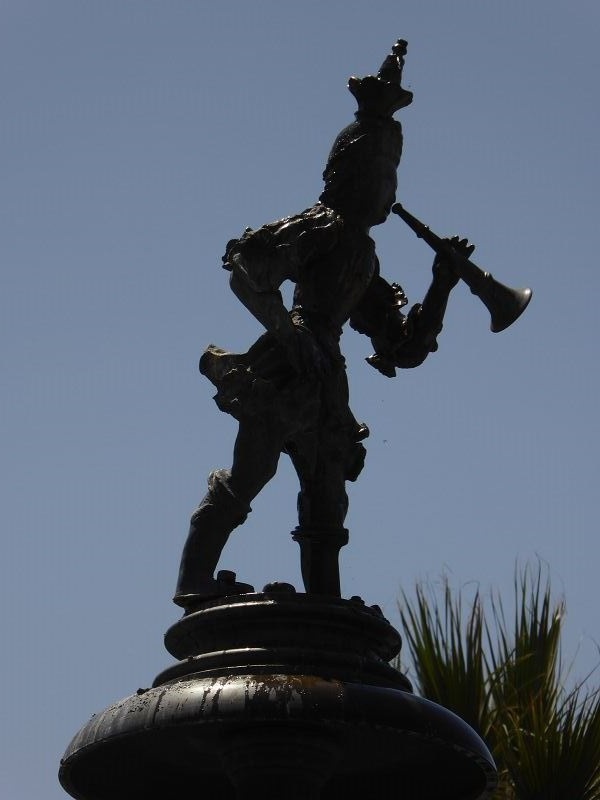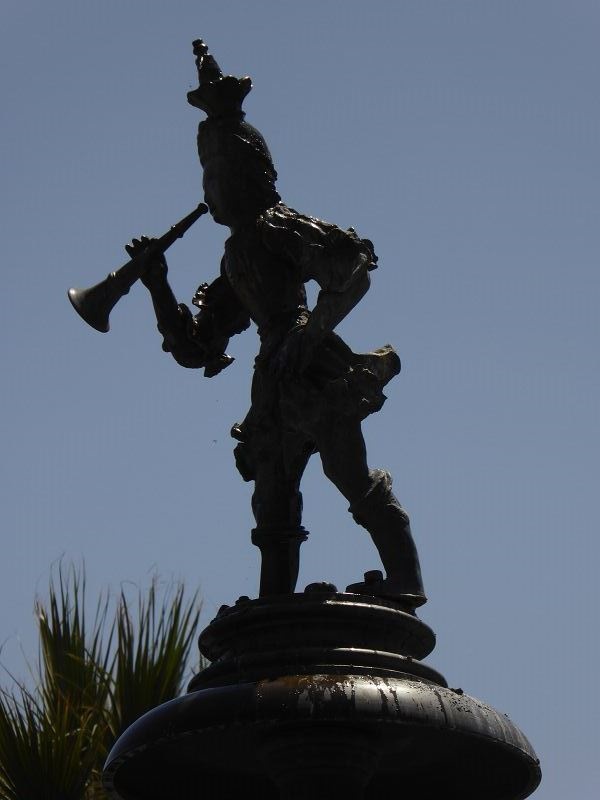|
Chachani is a majestic
volcano located in southern
Peru, near the city of
Arequipa. It's one of the
most recognizable features of the region and is part of the
Andean
mountain range. At
6,057 meters (19,878 feet) above sea level, it's the
tallest volcano in the
Arequipa region and the second tallest in southern Peru.
Chachani is a popular destination for
trekkers and
mountaineers, offering
a challenging climb with stunning views of the surrounding area,
including the city of Arequipa and the snow-capped peaks of other nearby
volcanoes, like El Misti
and Pichu Pichu.
The mountain's name, "Chachani," is
derived from the Quechua
language, which was historically spoken by the Incas and still spoken in
many parts of the Andes today. The name is believed to mean
"strong" or
"powerful," which
reflects the imposing nature of the mountain.
Climbing Chachani typically requires
an experienced guide, as the altitude and the challenging terrain can be
difficult for those not acclimated to the high elevations of the Andes.
|
The
Korallenbaum (often
referred to as coral tree
in English) is a name used for several species of trees that belong to
the Erythrina genus.
These trees are typically known for their
vibrant red or orange flowers,
which resemble coral, giving the tree its name. The Korallenbaum is
found in tropical and subtropical regions around the world, particularly
in South America,
Africa, and
Asia.
Characteristics of the Korallenbaum
(Coral Tree):
-
Flowers: The most
striking feature of the Korallenbaum is its brilliant,
red or orange flowers,
which grow in clusters. These flowers are often tubular and are
attractive to hummingbirds.
-
Leaves: The leaves
are usually large and may have a trifoliate (three-part) appearance,
adding to the tree's overall aesthetic.
-
Growth:
Korallenbäume are deciduous
trees, meaning they shed their leaves seasonally, often
before the flowering season.
-
Size: These trees
can grow quite tall, often reaching heights of 10-20 meters,
depending on the species.
-
Habitat: They
thrive in warm climates, preferring well-drained soil and full sun.
Common Species:
-
Erythrina crista-galli
– Often known as the
Cockspur Coral Tree, it is native to South America (mainly
Argentina, Uruguay, and Brazil) and is the national flower of
Argentina.
-
Erythrina variegata
– Also known as the Indian
Coral Tree, it is found in tropical areas of Asia and the
Pacific.
Cultural Significance:
In many cultures, the
Erythrina species
have cultural significance. For example, the
Cockspur Coral Tree
(Erythrina crista-galli) has been a symbol of Argentina, and it is often
found in gardens and
public spaces in
countries where it thrives.
|
 Safaris
Bergsteigen
Wandern
Inselwandern Weltweit
Safaris
Bergsteigen
Wandern
Inselwandern Weltweit
 Europa
Inselwandern
Europa
Inselwandern
 Städtewandern
Städtewandern
 Paintings
Paintings Dirk Rauschenbach
Dirk Rauschenbach
 Safaris
Bergsteigen
Wandern
Inselwandern Weltweit
Safaris
Bergsteigen
Wandern
Inselwandern Weltweit
 Europa
Inselwandern
Europa
Inselwandern
 Städtewandern
Städtewandern
 Paintings
Paintings Dirk Rauschenbach
Dirk Rauschenbach


![]() 26.07.25 Copyright Dirk
Rauschenbach Koelnerstrasse 293 51702 Bergneustadt
Datenschutzerklaerung 02261 9788972 Mail ccooly(
at) web.de
26.07.25 Copyright Dirk
Rauschenbach Koelnerstrasse 293 51702 Bergneustadt
Datenschutzerklaerung 02261 9788972 Mail ccooly(
at) web.de